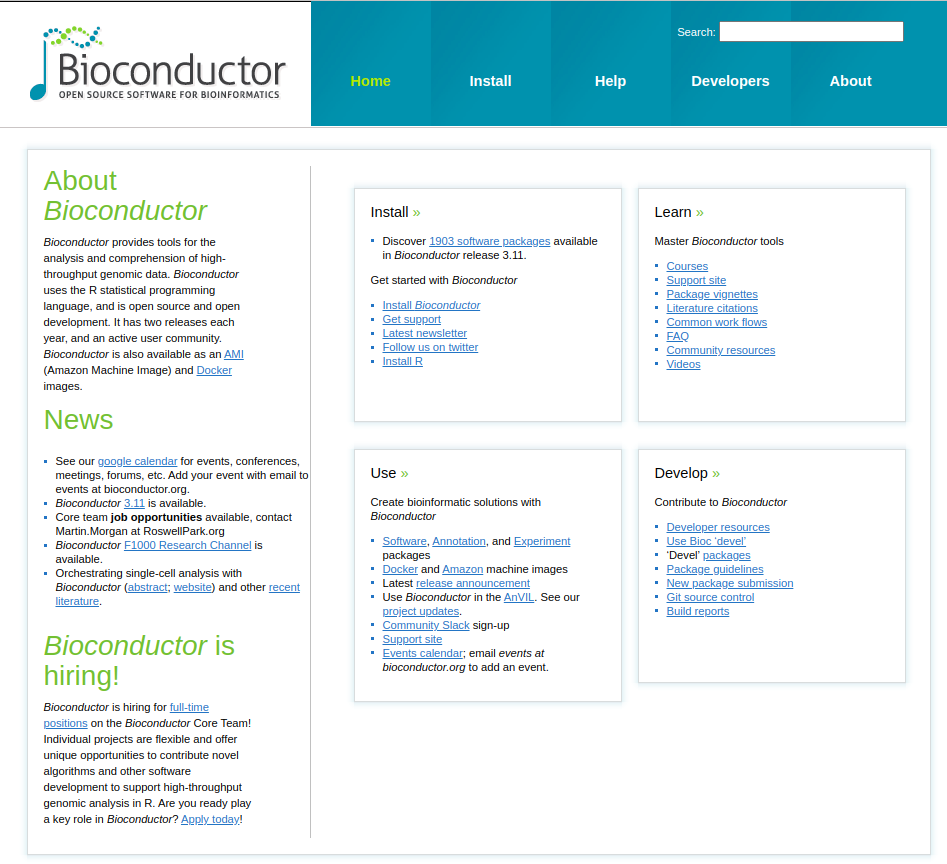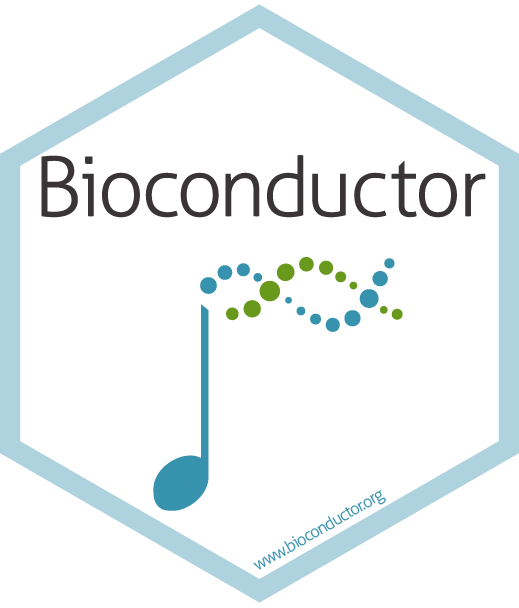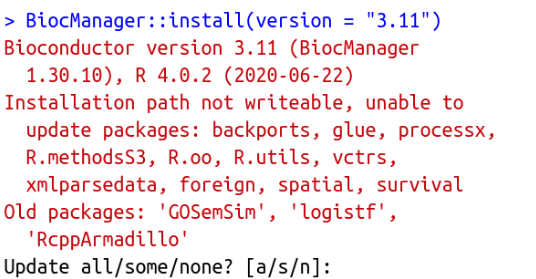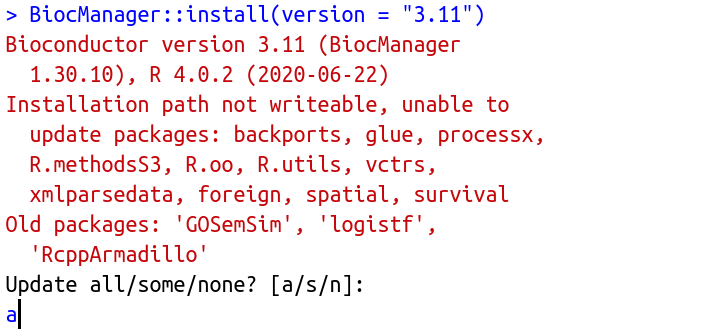Introduction to Bioconductor
Pre-workshop Introduction to RNA-seq
R-Ladies Tunis team
2020-09-10
Introduction to Bioconductor
Introduction
- Bioconductor https://www.bioconductor.org/ is an open source project for the analysis of biological and biomedical data.
Introduction
Bioconductor https://www.bioconductor.org/ is an open source project for the analysis of biological and biomedical data.
It contains more than 1000 packages for example data, analysis tools, and development tools for building new packages. The bioconductor website https://www.bioconductor.org/ contains much more information on the project.

The Bioconductor Project

The Bioconductor project is an open-source repository for R packages, datasets, and workflows that are specific for analyzing biological data.
The broad goals of the Bioconductor project are:
- To provide widespread access to a broad range of powerful statistical and graphical methods for the analysis of genomic data.
The Bioconductor Project

The Bioconductor project is an open-source repository for R packages, datasets, and workflows that are specific for analyzing biological data.
The broad goals of the Bioconductor project are:
To provide widespread access to a broad range of powerful statistical and graphical methods for the analysis of genomic data.
To facilitate the inclusion of biological metadata in the analysis of genomic data, e.g. literature data from PubMed, annotation data from Entrez genes.
The Bioconductor Project

The Bioconductor project is an open-source repository for R packages, datasets, and workflows that are specific for analyzing biological data.
The broad goals of the Bioconductor project are:
To provide widespread access to a broad range of powerful statistical and graphical methods for the analysis of genomic data.
To facilitate the inclusion of biological metadata in the analysis of genomic data, e.g. literature data from PubMed, annotation data from Entrez genes.
- To provide a common software platform that enables the rapid development and deployment of extensible, scalable, and interoperable software.
The Bioconductor Project

The Bioconductor project is an open-source repository for R packages, datasets, and workflows that are specific for analyzing biological data.
The broad goals of the Bioconductor project are:
To provide widespread access to a broad range of powerful statistical and graphical methods for the analysis of genomic data.
To facilitate the inclusion of biological metadata in the analysis of genomic data, e.g. literature data from PubMed, annotation data from Entrez genes.
To provide a common software platform that enables the rapid development and deployment of extensible, scalable, and interoperable software.
To train researchers on computational and statistical methods for the analysis of genomic data.
How to install Bioconductor
The Bioconductor package collection forms its own repository and therefore is installed differently.
To install core Bioconductor packages you need to go to your Rstudio and type these lines of code in the console.
if (!requireNamespace("BiocManager", quietly = TRUE))install.packages("BiocManager")BiocManager::install(version = "3.11")## Bioconductor version 3.11 (BiocManager 1.30.10), R 4.0.2 (2020-06-22)## Installation path not writeable, unable to update packages: callr, jsonlite,## stringi, xfun, MASSHow to install Bioconductor(1)
When you'll type these lines of code, you'll get this in the console.

How to install Bioconductor(2)

How to install a Bioconductor package
To install a specific package, e.g., “DESeq2” we use the install() function from the BiocManager package.
BiocManager::install("DESeq2")To install many packages:
BiocManager::install(c("airway","tximeta"))Social media
LinkedIn : https://tinyurl.com/y8hlt5np
Meetup : https://www.meetup.com/rladies-tunis/
Twitter : https://twitter.com/RLadiesTunis
Instagram : https://www.instagram.com/rladiestunis/
Youtube_Channel : https://tinyurl.com/ycm48c6w
Github : https://github.com/rladiestunis
Facebook : https://www.facebook.com/RLadiesTunis/